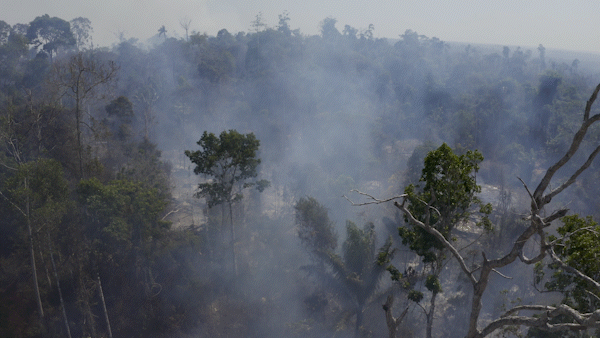Stormwater is a freshwater asset
With climate change ever-present, it’s time to consider the value of stormwater and treat it like the freshwater asset that it is.
Even in the drought-ridden American West, climate change doesn’t necessarily reduce the amount of water an area receives, but it definitely has changed how, when, and in what form it arrives. This means more volatile precipitation, less snowpack, more flooding, higher temperatures, and shorter wet seasons.

The impact that this is having on our watersheds is alarming. All of the water that we consume comes from a watershed. Watersheds consist of two distinct parts: surface waters - which are streams, rivers, and lakes - and groundwater, which is stored in underground aquifers.
Most areas, at least in the West, rely heavily on groundwater. The need to replenish these underground stores is critical, and every drop of stormwater that becomes runoff instead of seeping back into the ground is a missed opportunity.

In most U.S. cities, where upward of 40% of the urban landscape is paved over with impervious surfaces, huge volumes of runoff are generated each time it rains. There is an enormous opportunity for cities to adapt to the new normal of climate change by turning impervious surfaces permeable. In this era of flashier rain events, where wet weather events can be extreme, volatile, and quick, cities can become more resilient by prioritizing the use of permeable paving and green infrastructure. Not only can it help mitigate urban flooding and runoff pollution, but it can readily get much needed precipitation back into the ground.
solutions for change
AquiPor just received 3rd party testing results on the absorption rate of our technology. Why is this important? According to ASTM C […]
Urban flooding, aging infrastructure, and polluted waterways are symptoms of a broken stormwater system—one that wasn’t built for the climate challenges cities […]
When LA turned it’s river into a storm drain Starting in the 1930’s Los Angeles turned the LA river into a big […]
Copyright © 2025 AquiPor Technologies. Site designed & developed by Houdini Interactive.